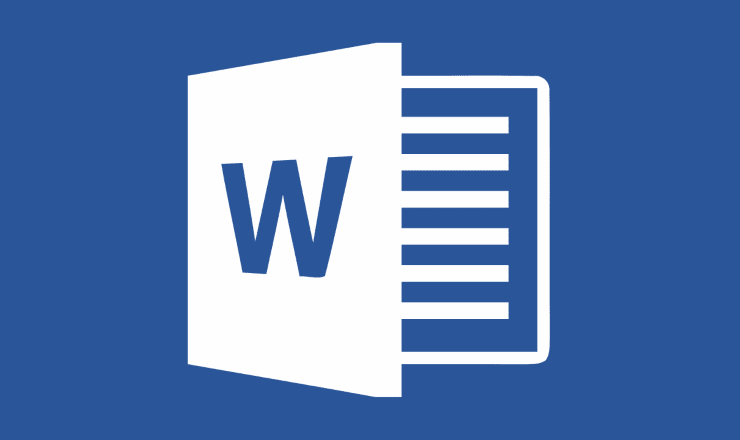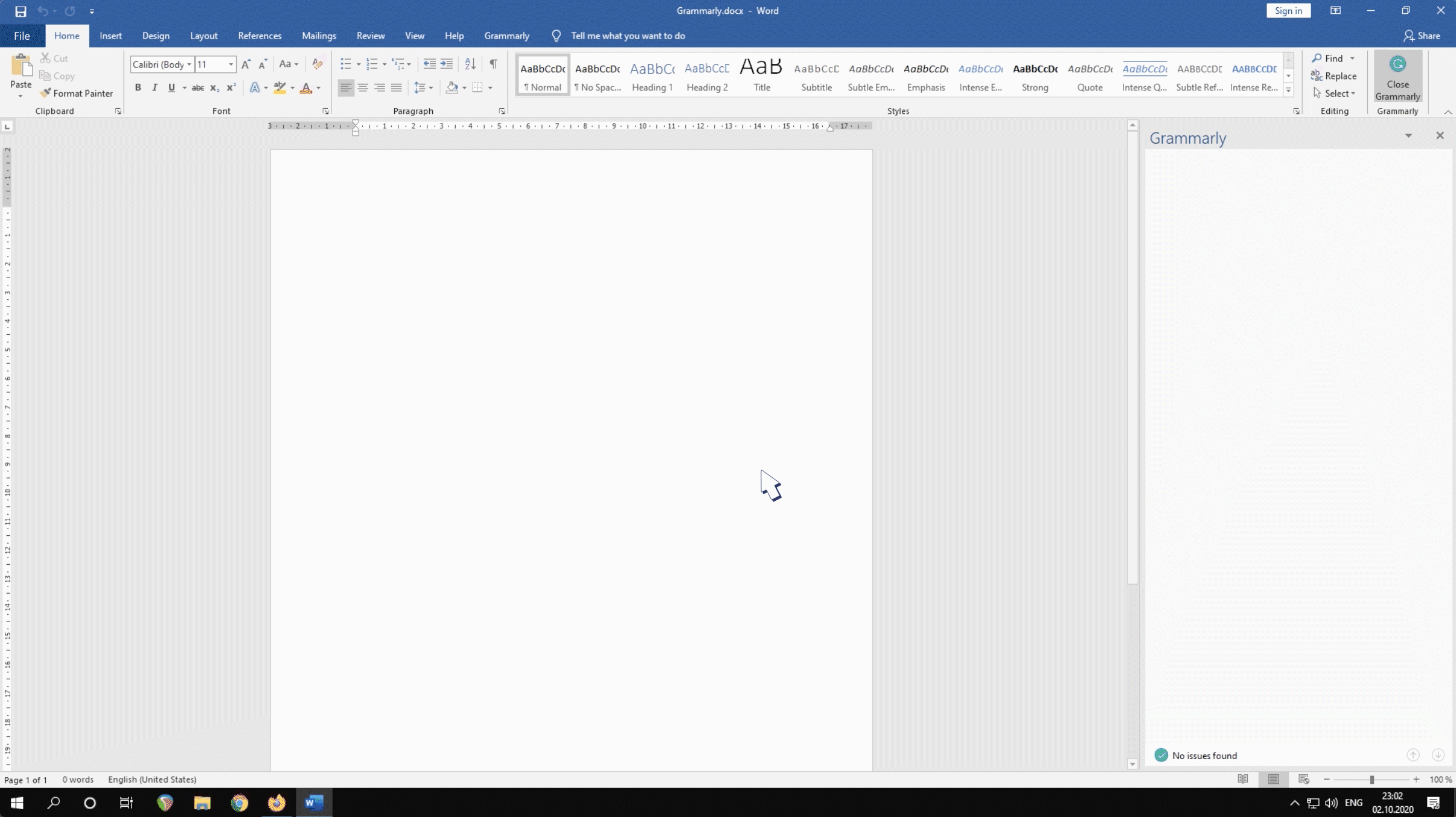
Determine What the Spelling Checker Checksĭepending on the type of work you do, you may discover that Word either finds errors where none exist, or fails to catch the embarrassing errors you do make. In the future, if you use this misspelling in a document, Word will properly flag it as a mistake. Scroll down the list, click the errant word, and then click Delete and Close. Click Edit Word List to open the custom.dic dialog box, which contains a list of words you have added to Word’s custom dictionary. Select the default dictionary in the list typically this is the custom.dic file. Oops! Added a misspelled word to the Dictionary?If you add a misspelled word to the dictionary by accident, Word won’t identify it as misspelled until you remove it.Ĭhoose File, Options, Proofing, and click Custom Dictionaries.

Remove Misspellings in the Spelling Checker Word will automatically sort the items into alphabetical order when it next uses the file. Type or paste your words, one word per line, into the document and then save it. Then launch a plain-text editor such as Notepad or WordPad, and use it to open the custom.dic file. But if you have a long list of words to add, it’s best to do so by editing the dictionary file itself.įirst, from the Custom Dictionaries dialog box, make a note of the file-path entry that shows where the custom.dic file is located.

When you’re done, click OK to exit the dictionary.Īdding words one at a time is sensible if you have only a few. Click the custom.dic file–or the name of the dictionary to add the words to, if you are using a special dictionary–and click Edit Word List. If you know ahead of time that you will be using some unusual words, and if you do not want Word to report them as possible misspellings, you can add them to the dictionary.Ĭhoose File, Options, Proofing, and click Custom Dictionaries. If you use an obscure word often, you can get Word to stop flagging it. Here you should click the language to use for the selected text the listed languages displaying checkmark icons are available for use in checking spelling. Then click Language and choose Set Language in the Proofing group of buttons. To arrange this, select the text in French (or whatever foreign language you’re using), and click the Review tab on the Ribbon toolbar. You can avoid that situation by setting Word to check the French text using a French word list. English in this case, Word will add wiggly lines under the assorted foreign words, suggesting that they are all misspellings.

Ordinarily, when you’re working on a document that includes text in, say, French, Word likely won’t recognize the other language if you’ve set your primary language to U.S. Word can determine whether you’ve butchered the French language.Word isn’t naturally bilingual, but you can train it to process more than one language at a time.


 0 kommentar(er)
0 kommentar(er)
